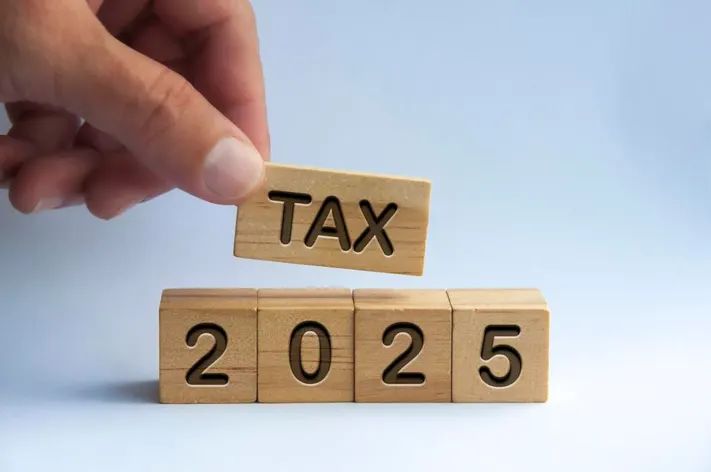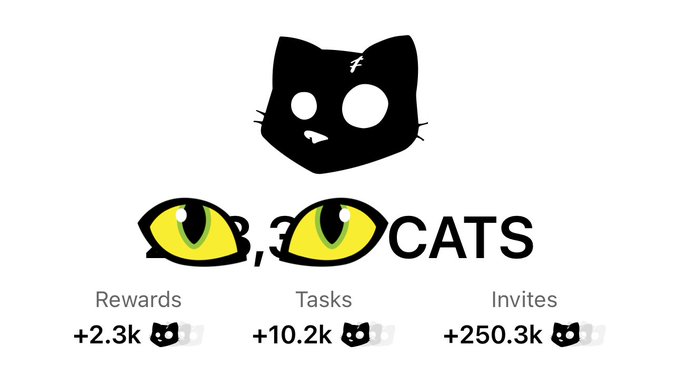What the ‘One Big Beautiful Bill’ Will Change for Students, Schools, and Colleges (2025 Guide)

🧩 Introduction: What Is the “One Big Beautiful Bill”?
In a bold step toward reshaping America’s education system, the “One Big Beautiful Bill” (OBBB) is the unofficial name for a comprehensive education reform package proposed in 2025 by U.S. lawmakers and supported by the Biden administration. While still awaiting full Congressional approval, this bill has already sparked intense debate—and excitement—across schools, colleges, and student communities.
So what exactly does this “beautiful bill” promise? It covers everything from student loan forgiveness and free community college, to mental health support, teacher pay hikes, and infrastructure upgrades.
Let’s break down what this transformative bill means for students, schools, and colleges.
🧒 For Students: Relief, Support, and Opportunity
🎓 1. Student Loan Forgiveness and Relief
One of the biggest highlights is a federal student loan relief plan that aims to:
- Cancel up to $20,000 in federal student loans for low- and middle-income borrowers
- Freeze interest rates on federal loans at 0% for undergraduate degrees
- Introduce income-based repayment (IBR) limits to 5% of discretionary income
This means graduates won’t have to choose between rent and loan payments—an enormous step in reducing the student debt crisis.
💸 2. Free Community College Nationwide
The bill proposes 2 years of tuition-free community college for all students, regardless of income.
Students in all 50 states would be eligible—giving more people access to vocational training, associate degrees, or a stepping stone to a four-year college.
🧠 3. Mental Health Services Expansion
Under OBBB, every high school and college would receive funding to:
- Hire at least one full-time mental health counselor per 500 students
- Provide telehealth counseling options
- Train teachers in early mental health intervention
With student anxiety and depression levels at an all-time high, this move prioritizes well-being as much as academics.
🏫 For K-12 Schools: Infrastructure, Equity, and Better Pay
🏗️ 4. Modern Classrooms and Infrastructure Grants
Over $150 billion has been allocated to:
- Renovate aging school buildings
- Provide HVAC upgrades, safe drinking water, and green campuses
- Introduce digital learning technology (smartboards, high-speed Wi-Fi)
This is especially focused on low-income districts and rural schools—bridging the educational gap across ZIP codes.
🧑🏫 5. Teacher Salary Boost and National Minimum Pay
The bill mandates a minimum salary of $60,000 for public K-12 teachers nationwide. States falling below this bar will receive federal funding to raise salaries.
Why? To:
- Combat the national teacher shortage
- Attract new talent to the profession
- Ensure teachers are treated as professionals, not volunteers
🧮 6. Curriculum Overhaul for 21st-Century Skills
Schools will be encouraged (and funded) to implement:
- Financial literacy education
- Basic coding and AI awareness
- Climate education
- Civics and media literacy
By adapting the curriculum, the bill aims to prepare students not just for exams—but for real life.
🏛️ For Colleges and Universities: Transparency, Access, and Accountability
📊 7. Tuition Transparency and Price Caps
Private and public institutions must disclose:
- Total cost of attendance upfront
- ROI metrics like graduation rates and average salaries post-degree
Universities that increase tuition beyond inflation without clear justifications may lose access to federal student aid programs.
🌐 8. More Funding for HBCUs and Minority Institutions
Historically Black Colleges and Universities (HBCUs), Tribal Colleges, and Minority-Serving Institutions (MSIs) will see:
- $20 billion in new funding over 5 years
- Infrastructure grants and STEM investment
- Scholarships for low-income and first-generation students
This is part of a broader push for racial equity in higher education.
🤝 9. Public-Private Apprenticeship Collaborations
The bill incentivizes colleges to partner with:
- Tech companies, manufacturers, and healthcare providers
- For real-world apprenticeships and industry-aligned training programs
This bridges the gap between degrees and jobs, ensuring graduates are workforce-ready.
🔄 What It Means for Parents and Guardians
- Lower Out-of-Pocket Costs: With more public funding and free community college, families may pay significantly less in tuition.
- Better Learning Environments: Upgraded infrastructure, smaller class sizes, and tech-based classrooms.
- Peace of Mind: Mental health provisions and safety reforms offer more holistic support for their children.

📅 Timeline: When Will These Changes Take Effect?
While the bill is still under review in Congress, the proposed rollout (if passed in 2025) would look like this:
| Reform Area | Estimated Start Date |
|---|---|
| Loan forgiveness phase 1 | Q3 2025 |
| Free community college | Academic year 2026 |
| Teacher minimum salary plan | FY 2025-26 |
| Infrastructure grants | By December 2025 |
| Mental health and tech upgrades | Q1 2026 |
❓ Critics vs Supporters: Is This Bill Feasible?
👎 Critics Say:
- It’s too expensive (estimated $480 billion over 10 years)
- It could increase inflation
- States might rely too heavily on federal funds
👍 Supporters Say:
- It’s an investment in America’s future workforce
- Reduces student debt and inequality
- Prepares the next generation for global competitiveness
🧠 Final Thoughts: A Step Toward Education Equity
The “One Big Beautiful Bill” isn’t just a tagline—it’s a massive leap forward for how America views education. By focusing on affordability, access, and accountability, it touches every part of the learning journey—from kindergarten to college graduation.
Whether you’re a student, teacher, parent, or policymaker, this bill could directly impact your life in 2025 and beyond.
📢 Want Updates on the Bill’s Approval and Rollout?
✅ Subscribe to our newsletter or follow this page for real-time alerts.
✅ Share this post with educators and students to spread awareness!






